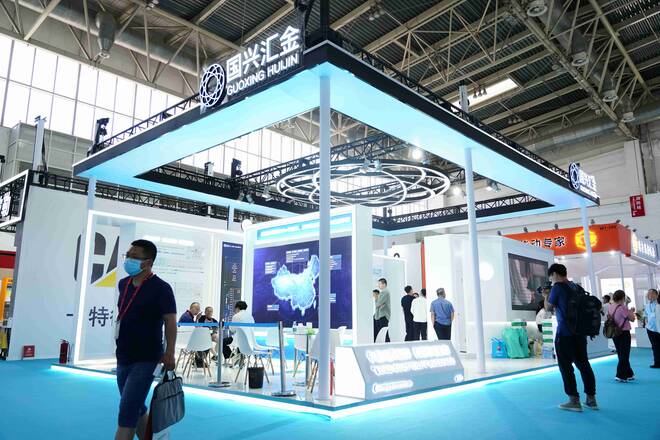Distributed Optical Fiber: Illuminating a New Perspective for Old Well Monitoring and Boosting Oil & Gas Recovery
In the "battle" to revive old wells, distributed optical fiber sensors act as an indispensable "vanguard," offering a wide range of critical applications. For wellbore integrity monitoring, optical fibers deployed along the wellbore serve as sensitive detectors, precisely identifying strain changes to detect even slight deformations, fractures, and cement bonding conditions, establishing a robust "first line of defense" for safety. In reservoir dynamic monitoring, they skillfully estimate pressure and flow through temperature and strain data, clarifying the "temperature" and energy states of oil reservoirs, aiding in production parameter adjustments. During fracturing, they monitor fractures and stress changes to evaluate effectiveness. For water-flooded layer identification, they locate affected areas and track dynamics, continuously "empowering" the optimization of recovery strategies.
I. Wellbore Integrity Monitoring
- Deformation Detection: As old wells age, wellbores may deform or crack. Distributed optical fiber sensors deployed along the wellbore can detect even the smallest deformations by monitoring strain changes in the fibers. This allows for the timely identification of potential safety risks, providing a basis for wellbore repair and maintenance.
- Cement Bond Integrity Monitoring: The integrity of the cement sheath is critical for wellbore sealing. Sensors can detect bonding conditions between the cement sheath, the wellbore, and the formation, as well as defects or damage within the cement itself. This prevents issues like oil or gas leaks caused by cement sheath failure, ensuring the normal production of old wells.
II. Reservoir Dynamic Monitoring
- Temperature Monitoring: Distributed optical fiber sensors measure temperature along the wellbore, monitoring the temperature distribution and its changes over time in the reservoir. During the reactivation of old wells, analyzing temperature trends reveals fluid flow states, remaining oil distribution, and the effects of injection and production, providing valuable temperature field data for optimizing recovery strategies.
- Pressure Monitoring: Although distributed optical fiber sensors cannot directly measure pressure, they can indirectly determine wellbore and reservoir pressure by measuring strain and applying relevant mechanical models. Real-time pressure monitoring helps assess fluid supply capacity, reservoir energy changes, and potential blockages, allowing for timely production adjustments to enhance yield.
- Flow Monitoring: By monitoring temperature and strain changes caused by fluid flow within the wellbore and applying fluid dynamics principles, distributed optical fiber sensors estimate oil and gas flow rates. Accurate flow data is essential for evaluating production capacity, optimizing production schedules, and assessing reservoir potential.
III. Fracturing Effectiveness Evaluation
- Fracture Monitoring: During fracturing to enhance production, distributed optical fiber sensors monitor fracture propagation, including length, width, height, and orientation. This information aids in optimizing fracturing plans, improving effectiveness, and ensuring fractures effectively connect with reservoirs, thereby increasing oil and gas flow paths and production rates.
- Stress Monitoring: Fracturing induces changes in formation stress. Sensors monitor these changes in real time, revealing the extent and degree of fracturing’s impact on the formation. Analyzing the stress field helps evaluate the durability and stability of fracturing effects, providing scientific guidance for subsequent production adjustments and optimization measures.
IV. Water-Flooded Layer Identification and Monitoring
- Water-Flooded Layer Localization: By monitoring changes in parameters such as resistivity and temperature in the formation around the wellbore, distributed optical fiber sensors identify the location and extent of water-flooded layers. Accurately assessing water-flooded conditions is crucial for formulating effective recovery strategies, such as water shutoff or profile control measures, to improve the recovery rate of old wells.
- Dynamic Monitoring of Water-Flooded Layers: Continuous monitoring tracks the development of water-flooded layers and the movement of the oil-water interface. This helps adjust production strategies in real time, control water encroachment rates, extend well lifespan, and enhance the utilization of oil and gas resources.
Conclusion
Distributed optical fiber sensors, with their precision and versatility, illuminate a "new perspective" for monitoring old wells, playing a pivotal role in ensuring well integrity, understanding reservoir dynamics, evaluating fracturing effects, and identifying water-flooded layers. By supporting optimized recovery strategies, they drive the revitalization of aging wells and contribute to sustainable growth in oil and gas production.

